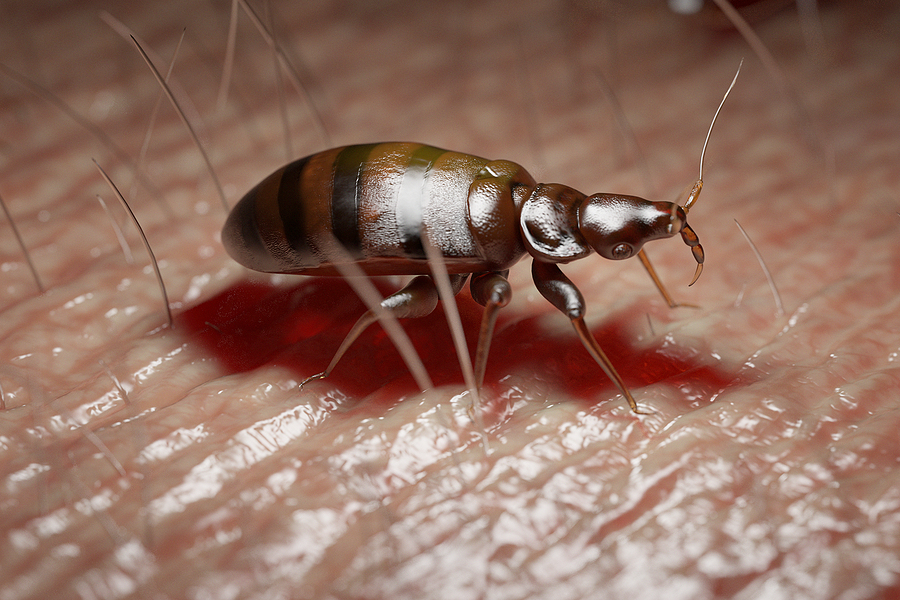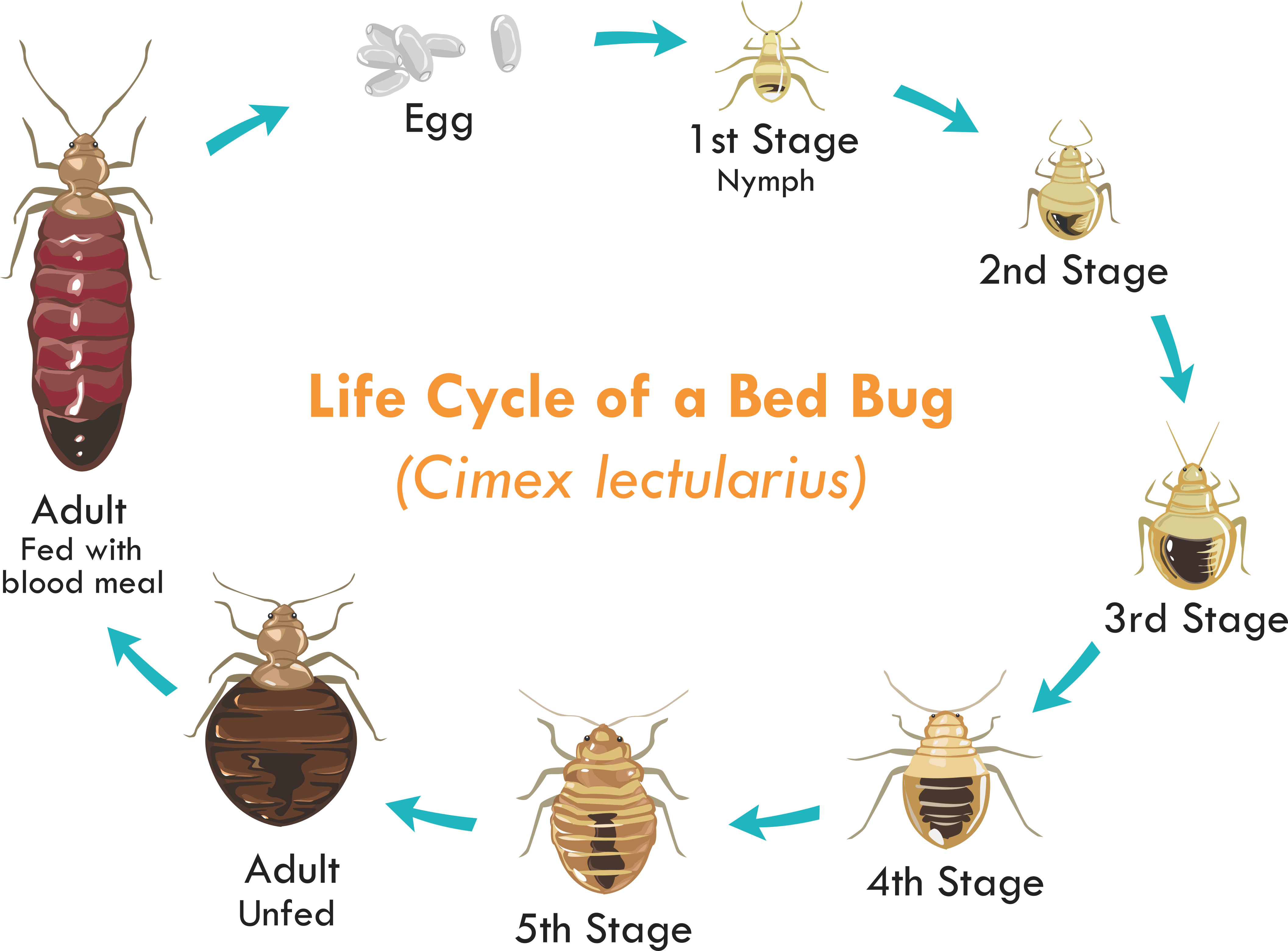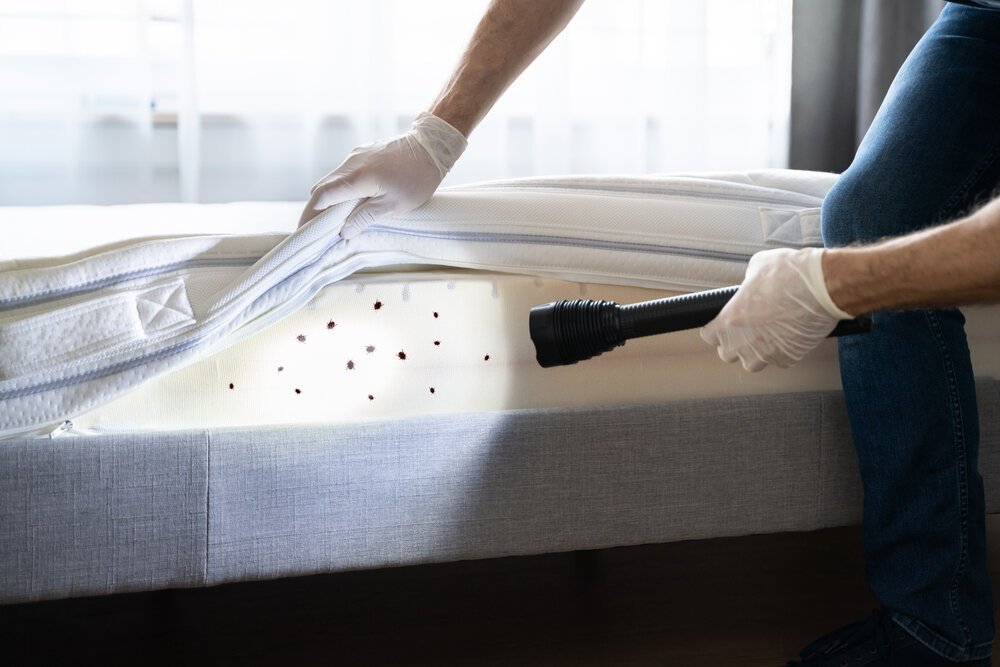The Ultimate Bed Bug Treatment Handbook: Professional Insights and Recommendations
The mission for effective bed bug therapy approaches has led to a huge selection of guidance and services, some more trusted than others. From recognizing bed insect habits to carrying out avoidance techniques and identifying problems, this detailed guide aims to outfit visitors with the understanding needed to deal with bed bug concerns efficiently.

Comprehending Bed Insect Behavior
Recognizing the complex behavioral patterns of bed bugs is crucial for efficient insect control approaches. Bed insects, clinically known as Cimex lectularius, are tiny, reddish-brown parasitic pests that eat the blood of humans and pets. These nocturnal parasites are skilled at hiding in splits and gaps near their hosts' sleeping locations, making them challenging to identify and eliminate.

Effective Avoidance Strategies
To successfully combat the spread of bed insects, applying proactive avoidance strategies is critical in maintaining a pest-free atmosphere. Among the key prevention methods is to routinely check and tidy areas where bed insects can conceal, such as bed linens, furniture, and fractures in wall surfaces. In addition, decreasing clutter in living areas can decrease potential hiding areas for these bugs. Securing cracks and crevices in walls, floorings, and furnishings can additionally help avoid bed insects from getting in the properties. Using protective covers on bed mattress and box springs can work as a barrier against bed bugs. When buying pre-owned furnishings or apparel, evaluating items thoroughly before bringing them into the home is essential in stopping bed insect problems. In addition, exercising excellent health and decreasing the threat of direct exposure to bed pests in public areas can help in avoidance initiatives. By incorporating these safety nets right into normal house regimens, individuals can substantially minimize the probability of bed insect infestations.
Identifying Bed Pest Problems
Upon going into an area thought of a bed insect problem, one may discover tiny red or brown areas on bed linens or furnishings, indicating the existence of these parasites. Another usual indicator of a bed bug problem is the presence of molted exoskeletons dropped by expanding bed pests.
A moldy odor in the space could also suggest the visibility of bed bugs, as these bugs launch pheromones that lead to a distinct odor. Inspecting cracks and holes in furnishings, wall surfaces, and mattress seams may expose real bed bugs, which are reddish-brown, oval-shaped insects regarding the size of an apple seed. Comprehending these signs is important for very early detection and effective therapy of bed bug infestations.
Recommended Treatment Methods
Efficient bed pest therapy approaches rely upon a combination of comprehensive evaluation, targeted extermination, and preventive steps to eliminate infestations effectively. The primary step in dealing with bed pests is a thorough evaluation to identify the extent of the problem. This usually entails taking a look at areas where bed bugs are most likely to hide, such as mattress joints, furnishings joints, and electric outlets. Once the problem is verified, targeted extermination approaches can be utilized. Common strategies consist of using pesticides, see here warm treatments, or cold methods to kill bed pests in any way life stages. It is important to adhere to the directions given by bug control professionals when making use of these techniques to ensure security and effectiveness.
Along with extermination, precautionary actions play an essential duty in protecting against future problems. This includes consistently cleaning up and decluttering living spaces, sealing cracks and crevices where bed insects can conceal, and making use of mattress encasements to safeguard versus problems. By incorporating comprehensive assessment, targeted elimination, click and preventative measures, individuals can efficiently fight bed insect problems and keep a bed bug-free setting.
Keeping a Bed Bug-Free Setting
After carrying out reliable bed bug treatment techniques, keeping a bed bug-free setting requires constant caution and positive actions to prevent future infestations. Encasing bed mattress and box springs with bed bug-proof covers can protect against any kind of remaining bed insects from running away or brand-new ones from infesting. Securing splits and holes in walls, furniture, and other potential hiding areas can restrict bed pest activity and prevent infestations.
Conclusion
